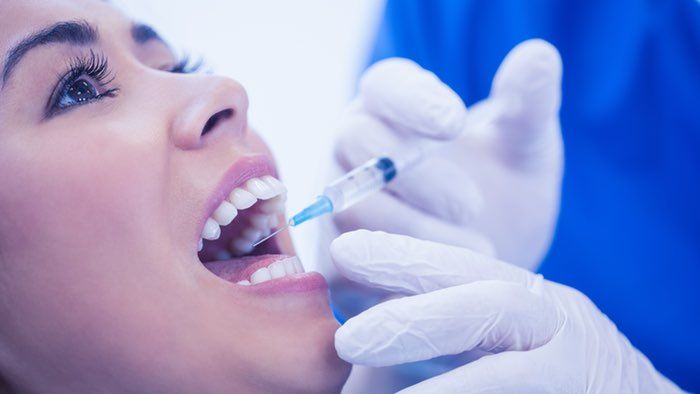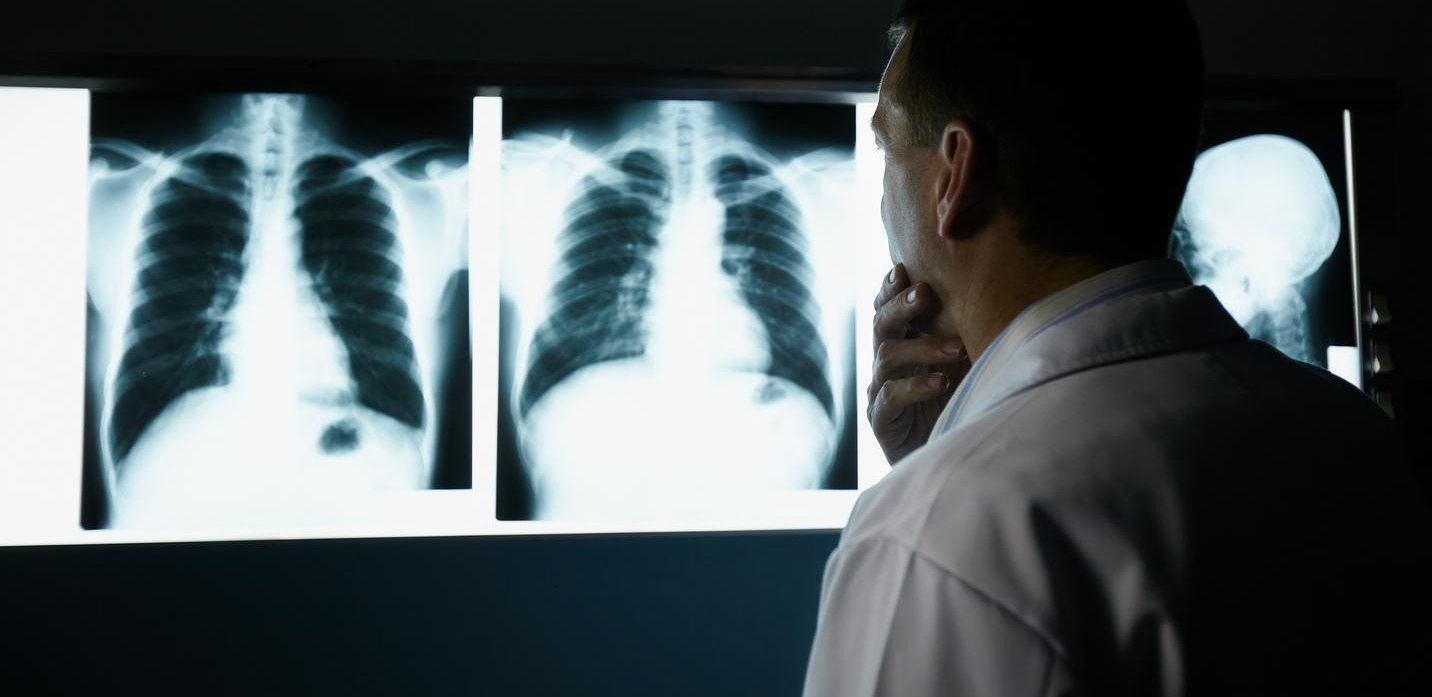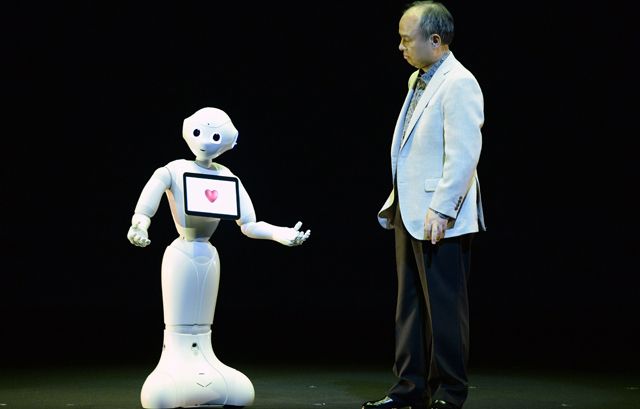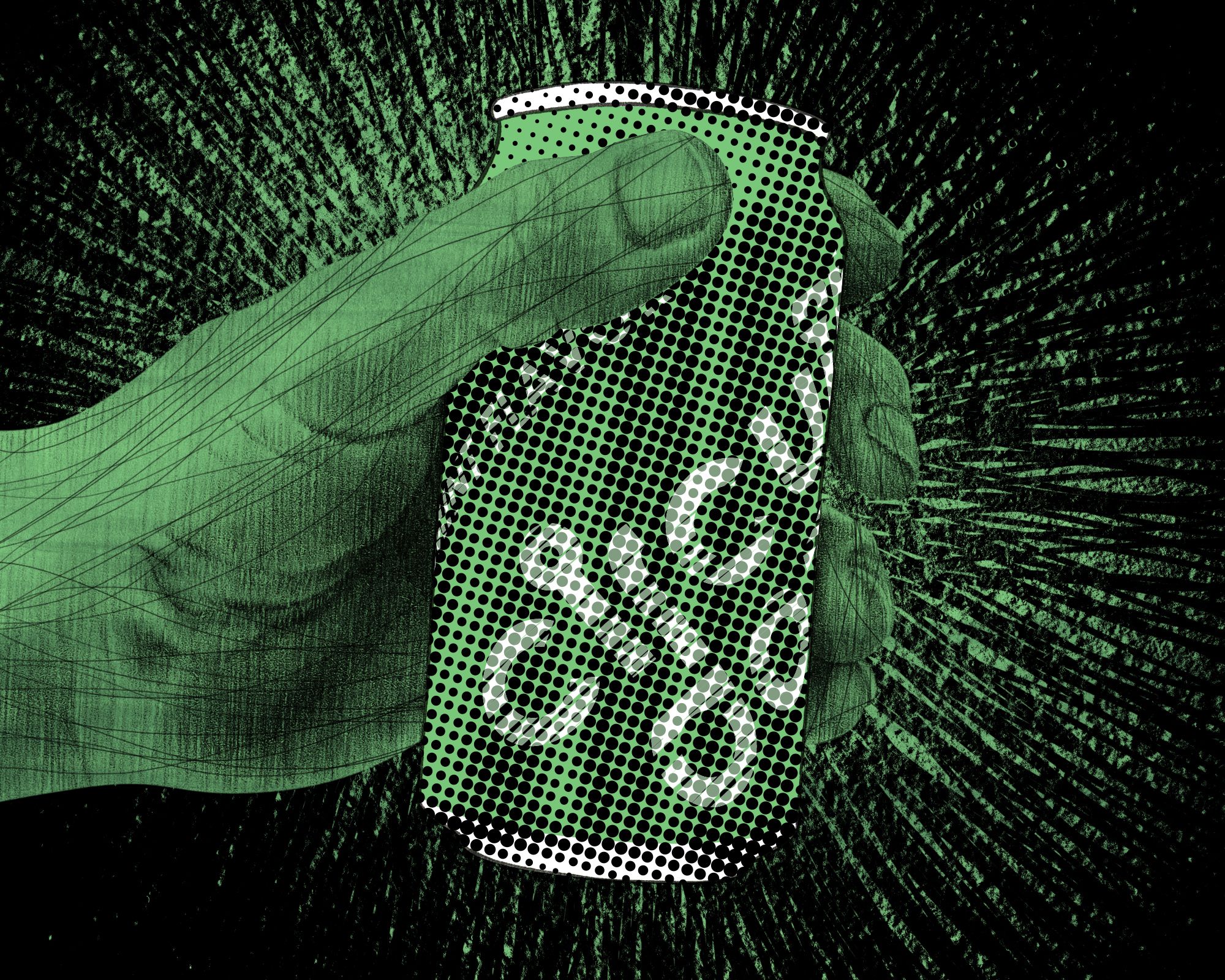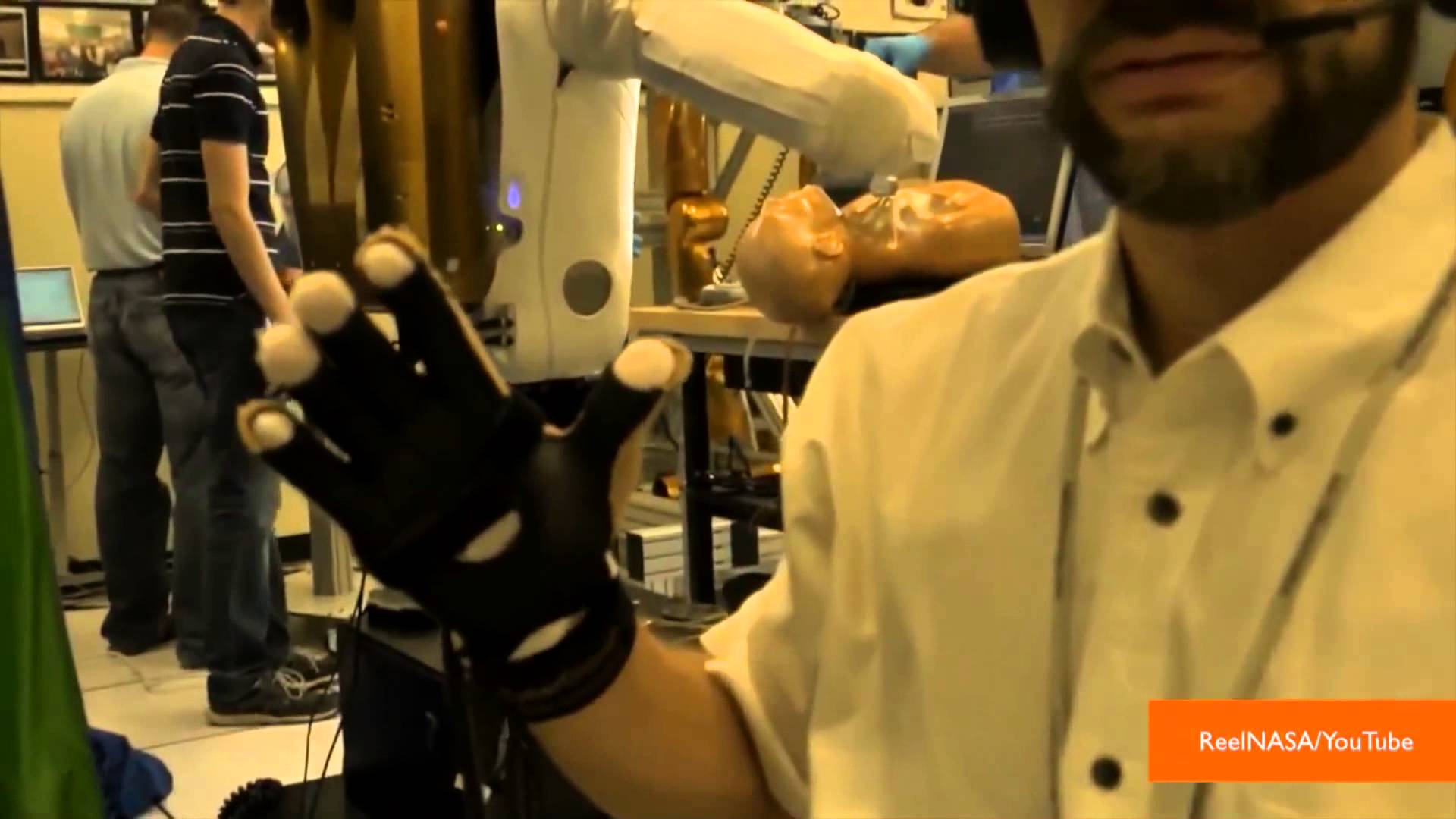As much as some people fear getting dental fillings or root canals, what many of them are really afraid of is the needle that delivers the anesthetic into the mouth tissue. Even though the skin in the “jabbing area” is usually pretreated with a topical anesthetic, it can still hurt. Before long, however, a shot of electricity could make that topical treatment deep-acting enough that the needle isn’t even needed.
In a recent study, scientists from the University of Sao Paulo in Brazil combined two commonly-used anesthetic drugs – prilocaine hydrochloride and lidocaine hydrochloride – with a polymer to form a hydrogel. The polymer was included to make it sticky, so that it could be applied to the lining of a pig’s mouth.
Using a process known as iontophoresis, a mild and painless electrical current was then passed through the hydrogel. As a result, there was a 12-fold increase in how well the prilocaine hydrochloride permeated through the tissue. The anesthetic effect was claimed to be not only fast-acting, but also long-lasting.
